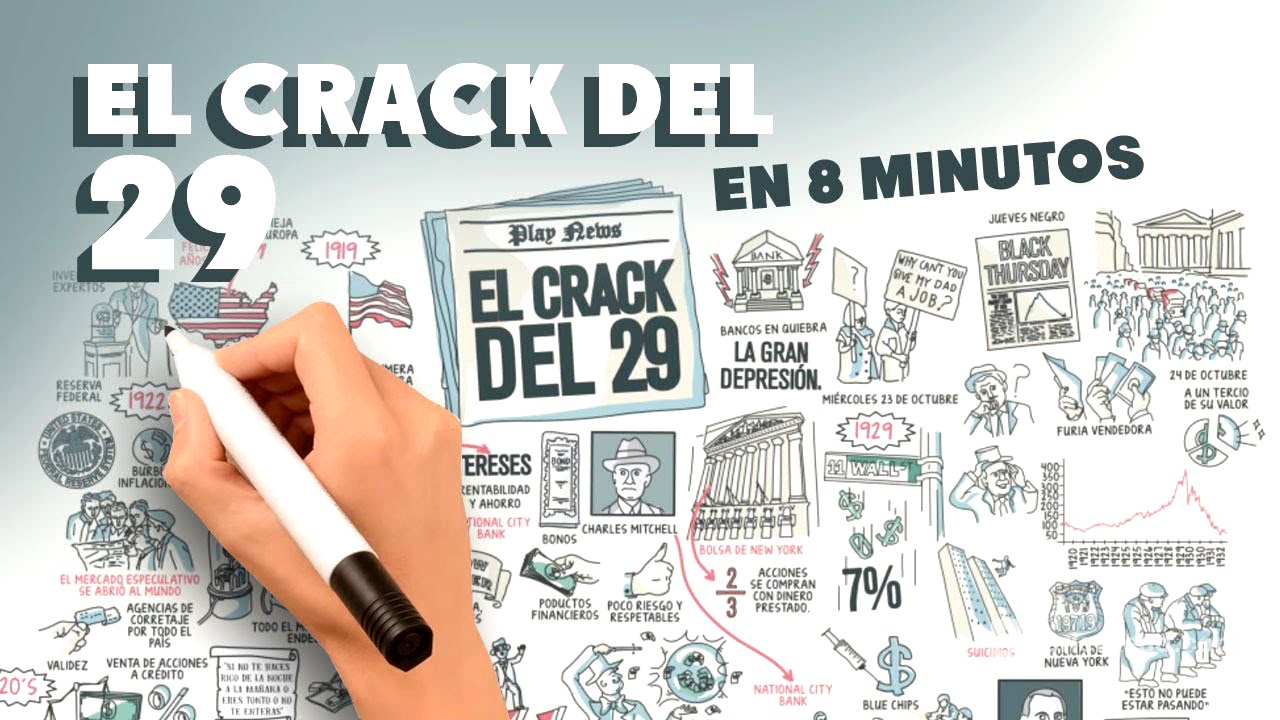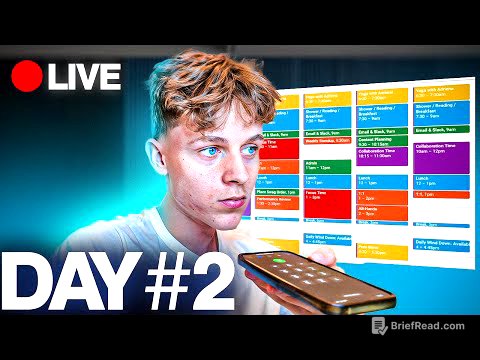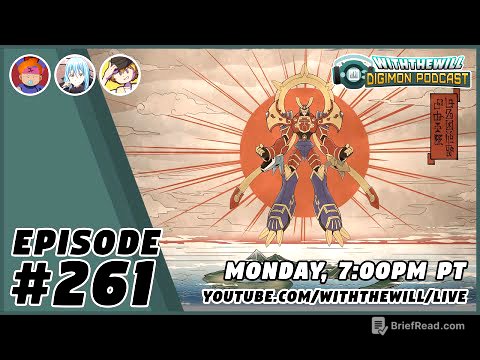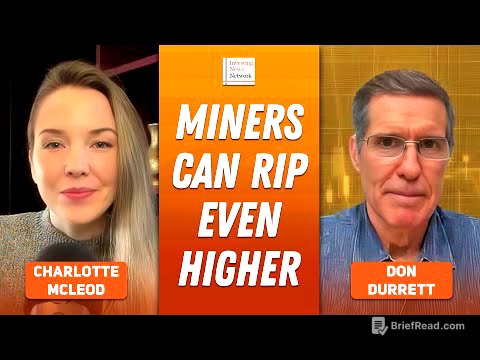TLDR;
The video discusses the Stock Market Crash of 1929, which led to the Great Depression. It covers the speculative environment of the 1920s, the factors that contributed to the crash, the events of Black Thursday and Black Tuesday, and the widespread economic consequences that followed, including bank failures, unemployment, and global repercussions.
- The crash was triggered by overconfidence, easy credit, and speculative investments.
- Black Thursday and Black Tuesday marked the beginning of the most devastating stock market crash in history.
- The crash led to bank failures, unemployment, and global economic repercussions, including the rise of social unrest and tension in Europe.
Introduction to the Crash of '29 [0:00]
The Stock Market Crash of 1929 was the most devastating stock market crash in American history, leading to widespread bankruptcies and the subsequent Great Depression. The video aims to recount the events of this period, starting with the initial signs of trouble on Wednesday, October 23, 1929, when stock prices began to plummet on the New York Stock Exchange, surprising and worrying investors who had become accustomed to years of rising prices.
The Roaring Twenties and the Rise of Speculation [0:48]
Following World War I, the United States emerged as a leading power and entered a prosperous era known as the Roaring Twenties. American factories produced goods for Europe, and the government issued "liberty bonds" to finance the war, which introduced citizens to the concept of investment returns. Banks started offering new financial products, including "buy now and pay later" schemes, making credit easily accessible. The Federal Reserve contributed to this credit expansion by lowering interest rates, leading to an inflationary bubble.
The Speculative Market Opens to Everyone [2:13]
The stock market, once exclusive to experts, opened to the public, and brokerage firms emerged across the country, providing real-time stock updates. People were able to invest with small capital and generate large profits, further fueled by the sale of shares on credit with low interest rates. Agencies allowed high leverage, with investors borrowing up to ten times their actual capital. Demand grew rapidly, causing stock prices to inflate beyond their real values, creating a bubble.
Warnings Ignored and the Peak of the Bubble [4:01]
Banker Paul Warburg warned of the impending bubble and a potential depression, but his warnings were ignored as people were engrossed in the American dream. Some professional investors, like Joseph Kennedy, recognized the market's overvaluation and exited. The stock trend reversed slightly, increasing market volatility and unrest. The bubble was driven by overconfidence, and its collapse became inevitable.
Black Thursday and the Initial Crash [5:13]
On Thursday, October 24, 1929, a selling frenzy hit the stock market, with millions of shares being offered at drastically reduced prices. Stockbrokers demanded collateral for securities purchased on credit, but no one could meet the demands. Rumors of suicides spread, and the New York police were deployed to prevent riots. Bank heads met to address the crisis, and Richard Whitney, vice president of the New York Stock Exchange, was chosen to act on their behalf.
Attempts to Stabilize the Market [6:21]
To halt the market's decline, the bank heads injected money into "blue chip" securities, and John Rockefeller also invested, hoping to reverse the trend. These interventions initially succeeded in raising the stock market and restoring some investor confidence. Newspapers even reported that the stock market crisis was over, but this recovery was short-lived.
Black Tuesday and the Aftermath [6:56]
On Tuesday, October 29, 1929, known as Black Tuesday, the stock index fell more than ever before in New York's history. The declines continued until January, reaching their lowest point. The government, under Herbert Hoover, struggled to stop the crisis, leading to widespread bankruptcies and bank closures. People lost their savings, factories shut down, and impoverished neighborhoods emerged.
Global Repercussions and Social Unrest [7:52]
The economic downturn spread to South America, Europe, and Australia. England closed its borders and abandoned the Gold Standard, while unemployment rose in France and England. Social unrest and tension increased in Germany, paving the way for the rise of Adolf Hitler as a symbol of economic salvation and German power.









